CARE FOR COMMON MINOR INJURIES
CARE FOR COMMON MINOR INJURIES
It is the coach’s job to maintain as safe an environment as possible. It is strongly recommended that coaches have certification in CPR and First Aid or that volunteers be recruited who already have first-aid training, medical athletic training or emergency care certification. Athlete medical forms should be reviewed prior to the start of practice and available at all training and competitions. There should be a plan for emergencies. Using the Coach’s Safety Checklist will help to prevent injury by ensuring adequate supervision, equipment, facility, warm-up and stretching.
When an injury does occur, stay calm, and administer only basic first aid. When in doubt, or when more care is needed, consult the athlete’s family and a physician.
Treating Floor Burns, Strains, Contusions, Minor Bumps and Bruises
|
R |
Rest, stop any pain-causing activity |
|
I |
Ice for 24-36 hours after the injury |
|
C |
Compress with elastic bandage if needed |
|
E |
Elevate to avoid edema and subsequent swelling |
Conditions Requiring Medical Attention
- Significant swelling or dislocation of an extremity
- Obvious deformity of an arm or leg
- Severe pain
- Inability to bear weight on a lower extremity
- Lacerations with or without fractures. Significant swelling of a joint; i.e., elbow, wrist, knee, ankle
- Loss of sensation in an extremity
Conditions Mandating That Only Experienced Medical Personnel Move the Athlete
- Loss of consciousness
- Neck or back injury with loss of sensations or motor power in arms or legs
- Head injury with disorientation and/or visual changes
If an arm or leg may be broken—that is, if it looks deformed or has major swelling and tenderness―treat it like a break. Take the athlete to a physician.
Always have someone familiar with basic life support and cardiovascular resuscitation (CPR) at every training session. Even though the possibility of cardiac arrest is much greater in the spectator section than with the athletes, it is always present. Initial measures include:
- Establishing unresponsiveness
- Calling out for assistance
- Positioning the victim
INJURY PREVENTION
What can I do to help prevent injuries?
There are two factors in preventing injuries that you should be aware of: providing a safe environment for athletes and spectators, and creating a safe work environment. The Risk Management Manual provides extremely useful information to help you attain these goals.
In addition to providing a safe environment for the athletes you train, you also must do your part to provide volunteers and workers with an appropriate and safe environment in which to contribute. One aspect of a safe workplace is to train personnel in proper work techniques, such as lifting, workspace ergonomics, use of tools and machinery and defensive driving. Personnel need to become aware of workplace dangers and strive to minimize the risks, either through safe work practices or the prompt correction of hazardous situations.
REHABILITATION & CHRONIC INJURIES
Blisters:
- Keep pressure off new blisters using a felt “doughnut.”
- Where the skin is torn, use extreme care.
- Keep it clean, and cut skin halfway around the perimeter without removing the skin.
- Apply antiseptic ointment and a sterile dressing.
- When underlying tissue toughens, cut away the remaining flap of skin.
Abrasions and contusions (floor burns and deeper bruises):
- Keep them clean.
- Expose them to the air when possible.
- Keep them dry.
- Encourage gentle activity.
Chronic knee pain, thigh muscle overload, tendonitis, stress fractures and ligament strain:
- Follow the doctor’s directions, which will generally include:
- Rest for 5-7 days.
- Ice for pain.
- Stretch related muscles to strengthen them.
- Move gently, stopping at the point of pain.
- Exercise to strengthen afflicted area as it heals.
HEAT EXPOSURE
Special Olympics’ practices, competitions, and activities are often conducted outdoors. The following suggestions provide some basic safety procedures to help keep everyone safe and cool. Heat problems often occur when athletes play too long and hard, and stay in the sun too long. Because sunlight reflects off shiny surfaces, being around water can increase exposure. Sunburn can occur on overcast days as well as sunny days. When athletes are in the sun, they need to wear a water-resistant sunscreen lotion which provides maximum protection. Sunglasses and a hat provide added protection.
Following the simple risk management techniques outlined below can help prevent heat stroke injuries and illnesses.
- Provide consistent breaks and rest periods for all athletes and coaches.
- Make available shade/fans/cooling systems, if possible. During periods when athletes are not training or competing but are waiting on the sidelines, they should not sit or stand in the sunshine or sit in cars without air conditioning for extended periods of time.
- Keep a fresh supply of drinking water at all outdoor practices and competitions.
- Have access to medical personnel on-site, if possible.
- Promote the use of sunscreen and have it available.
- Ensure that athletes are wearing cotton clothing that is loose fitting and light colored and hats if possible.
- Consider the Heat Index—temperature and humidity combined. Suspend competition or practice if heat conditions become overly harsh, or if several athletes show any symptoms listed below.
- Avoid activities during the hottest time of the day, usually early and mid afternoon―11 a.m.- 2 p.m.
Symptoms of Overheating and Dehydration
Anyone experiencing the symptoms below needs to seek medical attention immediately:
- Increased thirst
- Headache
- Dry mouth and swollen tongue
- Weakness
- Dizziness
- Confusion
- Sluggishness
- Vomiting
- Inability to sweat
To increase the fluid intake of an athlete who has become dehydrated or is beginning to show any of the above symptoms, have the athlete try the following methods.
- Sip small amounts of water. Drinking too much water too fast is not effective and may even be harmful.
- Drink carbohydrate, electrolyte-containing drinks (e.g., PowerAde or Pedialyte). Carbonated soft drinks or drinks with caffeine should not be consumed.
- Hold in the mouth Popsicles made from juices or sports drinks.
- Hold ice chips in the mouth.
- Sip through a straw.
- Place a cool water-soaked towel around the back of the neck.
Heat Stroke
Signs and symptoms include hot, red skin; very high body temperature; shock; or unconsciousness
What to Do
Treat heat stroke as a life threatening emergency, and call the paramedics. Cool the victim by immersing him/her in a cool bath or wrapping in wet sheets and fanning. Care for shock by laying the athlete down and elevating the feet. Give nothing by mouth.
Heat Exhaustion
Signs and symptoms include cool, pale, moist skin; rapid, weak pulse; weakness/dizziness; nausea/vomiting
What to Do
Treat heat exhaustion as an emergency, and call the paramedics. Get the athlete into the coolest place available. Place the athlete on his/her back with feet elevated. Cool athlete by applying wet sheets or towels to the body and by fanning. Give half a glass of water to drink every 15 minutes for an hour.
Heat Cramps
Signs and symptoms include muscular pains and spasms, usually in the legs or abdomen.
What to Do
Get the athlete into the coolest place available. Give half a glass of water to drink every 15 minutes for an hour.
Prevention
Seek protection from the sun and extreme heat. Replace fluids by drinking water, sports drinks or fruit juices.
SEIZURES
Although most seizures end naturally without emergency treatment, a seizure in someone who does not have epilepsy could be a sign of serious illness. Call for medical assistance if:
- Seizure lasts for more than five minutes
- You find no “epilepsy/seizure disorder” identification
- Slow recovery, a second seizure or difficult breathing afterward
- Pregnancy or other medical identification
- Any signs of injury
Handling Partial Seizures
Simple partial seizures don’t require any special response except to recognize what’s happening and be supportive when the seizure is over.
For complex partial seizures, the following steps may help:
- Remove hazards or anything from the area that might injure someone who doesn’t know where he is or what he’s doing.
- Reassure others. Explain that any unusual behavior is a temporary condition brought on by a seizure and that it will end in a few minutes.
- Don’t restrain the person during a complex partial seizure, especially if he or she is already agitated and confused. Efforts to restrain may produce an unconscious aggressive response.
- Guide gently away from or block access to anything that could be dangerous to someone in a semiconscious state, like an open fire or a busy street.
- Stay back until the episode has ended, if the person appears obviously agitated or belligerent
- Be reassuring and helpful as awareness returns. Remember that people may regain their ability to hear and understand before they are able to speak again. Confusion, depression, agitation, irritability, belligerence and/or drowsiness are all possible aftereffects of seizures.
- Watch the time. Most partial seizures last a minute or two, but people may feel confused for up to half an hour afterward. Longer periods of confusion may mean seizure activity is continuing and the person needs medical help.
Web Site Sources
|
Epilepsy |
www.efa.org |
|
Diabetes |
www.diabetes.org |
|
Health/First-Aid Information |
www.healthy.net/clinic/flrstald |
|
Asthma |
www.iungusa.org |
|
Cerebral Palsy |
www.cerebraipalsyinfocenter.com |
|
Disability Fact Sheets |
www.pencentral.com Go to project inspire and then to the disability fact sheets |



